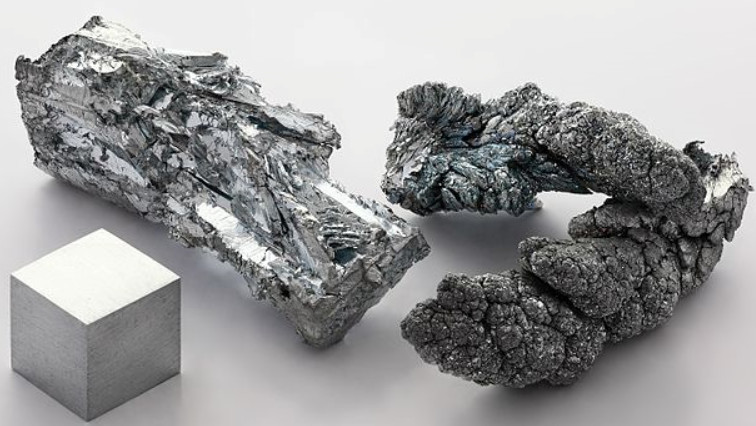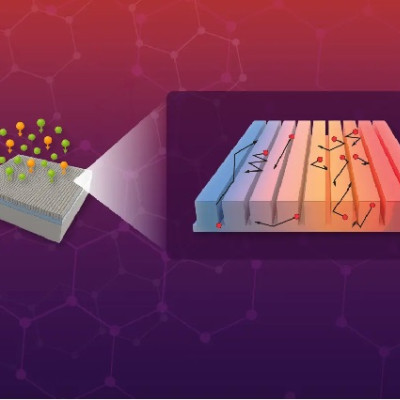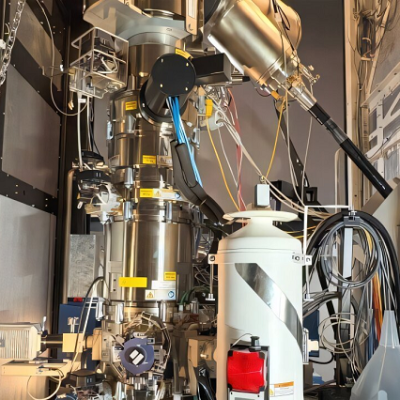Key research finding
The generation of high harmonics from metals opens a link between solid and plasma harmonics. High-harmonic generation (HHG) is the field of creating high-frequency photons from low-frequency lasers. HHG is the cornerstone of nonlinear optics, with applications in spectroscopy, attosecond science and so on. In this study, researchers used titanium nitride to achieve HHG in refractory metals for the first time. In the future, this could pave the way to focusing the radiation down to nanoscale for use in nanomachining, nanofabrication and medical applications, as well as HHG enhancement for the generation of frequency combs for the next generation of nuclear clocks.
Purdue professor, title
Alexandra Boltasseva, the Ron and Dotty Garvin Tonjes Professor of Electrical and Computer Engineering. Boltasseva’s interdisciplinary work merges nano-optics, materials science and machine learning to enable a new generation of devices for ultra-fast, ultra-thin optics, denser photonic/quantum circuitry and data storage, harsh environment sensing, biomedical applications, energy conversion and room-temperature, efficient quantum devices.
Vladimir M. Shalaev, the Bob and Anne Burnett Distinguished Professor of Electrical and Computer Engineering and scientific director for nanophotonics at Birck Nanotechnology Center in Purdue’s Discovery Park. Shalaev is recognized for his pioneering studies of linear and nonlinear optics of random nanophotonic composites, artificially designed and engineered optical metamaterials, plasmonics and quantum photonics.
Read the original article on Purdue University.







